In the vast expanse of our oceans, where sunlight fades into mysterious depths, there exists a creature so powerful and intelligent that its very presence shapes entire marine ecosystems. The orca, or killer whale, stands as one of nature’s most formidable apex predators, commanding respect from every species that shares its watery domain. These magnificent black and white giants don’t just hunt – they orchestrate the delicate balance of marine life through their sophisticated hunting strategies and complex social structures.
But what happens when these ocean titans vanish from their territories? The answer is both shocking and deeply unsettling. When orcas disappear, the ripple effects cascade through marine food webs like dominoes falling in slow motion, fundamentally altering ecosystems that have existed for millennia. From the smallest plankton to the largest whales, every marine creature feels the absence of these apex predators in ways that scientists are only beginning to understand.
The Orca’s Reign: Masters of the Marine Kingdom
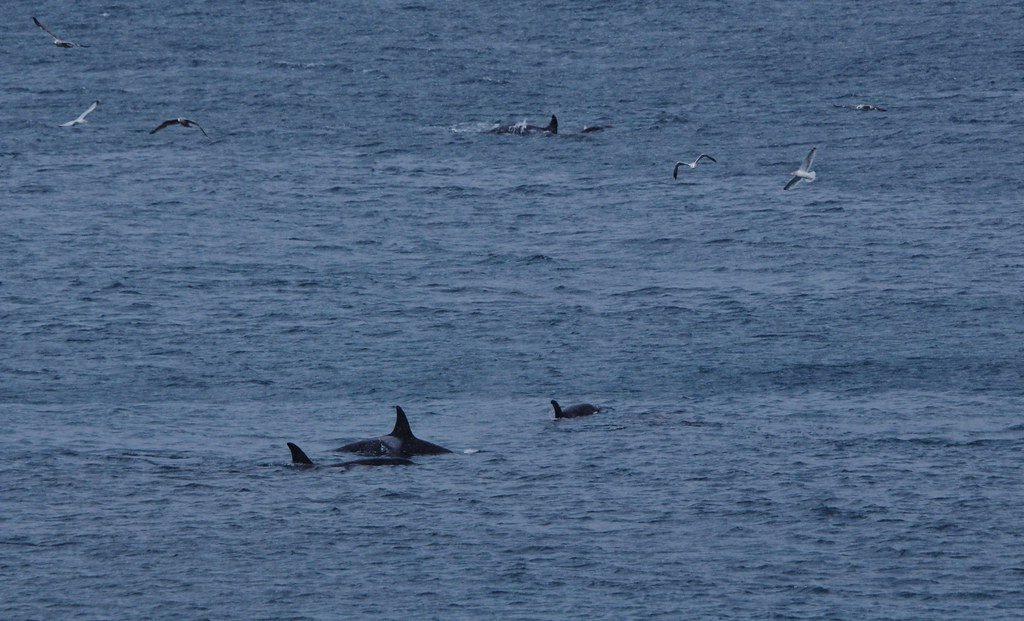
Orcas sit at the absolute pinnacle of marine food chains, with no natural predators threatening adult individuals. These apex predators have evolved into perfect killing machines, combining raw power with remarkable intelligence that rivals some of the smartest land animals. Their sleek bodies can reach lengths of up to 32 feet and weights of 6 tons, making them the largest members of the dolphin family.
What truly sets orcas apart is their incredible adaptability and hunting prowess. Unlike other marine predators that rely primarily on instinct, orcas demonstrate complex problem-solving abilities and cultural learning. They’ve been observed using sophisticated techniques like beaching themselves to catch seals, creating waves to wash prey off ice floes, and even coordinating group attacks on much larger whales.
Their hunting success isn’t just about individual skill – it’s about teamwork that would make military strategists envious. Orca pods work together with precision that seems almost supernatural, communicating through echolocation and vocalizations to execute elaborate hunting strategies that can take hours to complete.
The Trophic Cascade Effect: When Top Predators Shape Entire Ecosystems
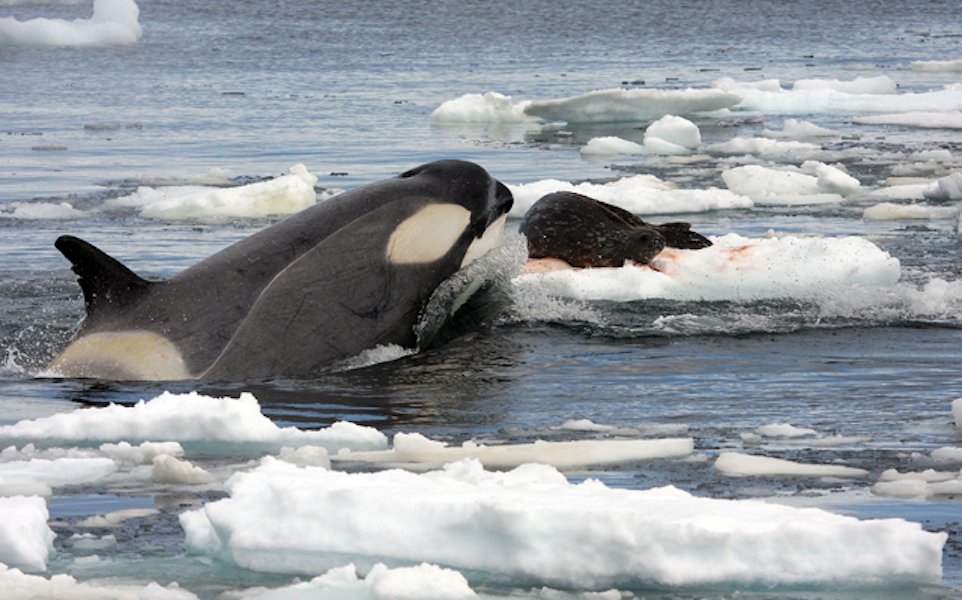
The concept of trophic cascades reveals just how profoundly orcas influence marine ecosystems. When these apex predators hunt, they don’t just remove individual prey animals – they fundamentally alter the behavior and distribution of entire species. This phenomenon creates a domino effect that travels down through every level of the food web, ultimately affecting even the smallest organisms in the ocean.
Consider how orcas influence seal populations. When orcas are present, seals become more cautious, spending less time in open water and avoiding certain feeding areas. This behavioral change affects the fish populations that seals normally consume, which in turn impacts the smaller organisms those fish feed on. The result is a complex web of interactions that can span multiple trophic levels.
Scientists have documented these cascading effects in various marine environments worldwide. In some regions, the mere presence of orcas has been shown to increase fish populations by 40% or more, simply because their prey species alter their feeding patterns to avoid predation. This invisible hand of predation shapes ecosystem structure in ways that remain largely hidden from casual observation.
Orca Ecotypes: Specialized Hunters with Distinct Roles
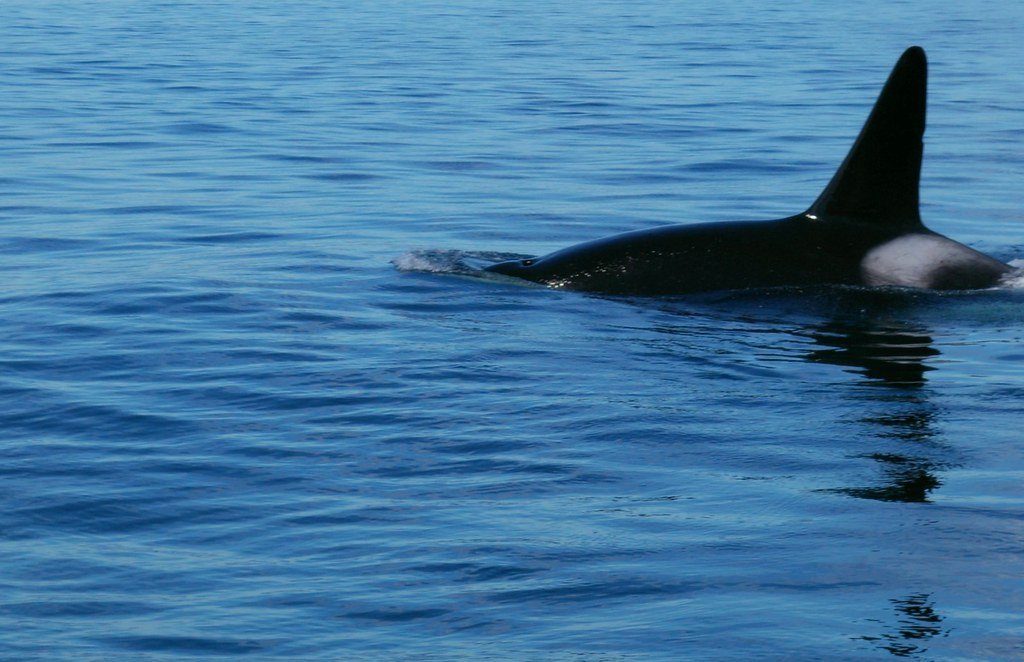
Not all orcas are created equal – these remarkable predators have evolved into distinct ecotypes, each specialized for hunting specific prey in particular environments. Resident orcas focus primarily on salmon and other fish, while transient orcas, also known as Bigg’s killer whales, specialize in hunting marine mammals like seals, sea lions, and even other whales. Offshore orcas represent a third ecotype that prefers the open ocean and feeds mainly on sharks.
Each ecotype has developed unique hunting strategies and social structures that reflect their specialized diets. Resident orcas live in large, stable family groups called matrilines, where multiple generations stay together for life. Their hunting techniques involve coordinated group efforts to herd schools of fish into tight balls before taking turns feeding.
Transient orcas, on the other hand, travel in smaller, more fluid groups and employ stealth tactics when hunting marine mammals. They often remain silent while approaching prey, using their incredible intelligence to anticipate their quarry’s movements. These behavioral differences between ecotypes demonstrate the remarkable adaptability of orcas and their ability to fill multiple ecological niches within marine ecosystems.
The Salmon Connection: How Orcas Control Fish Populations
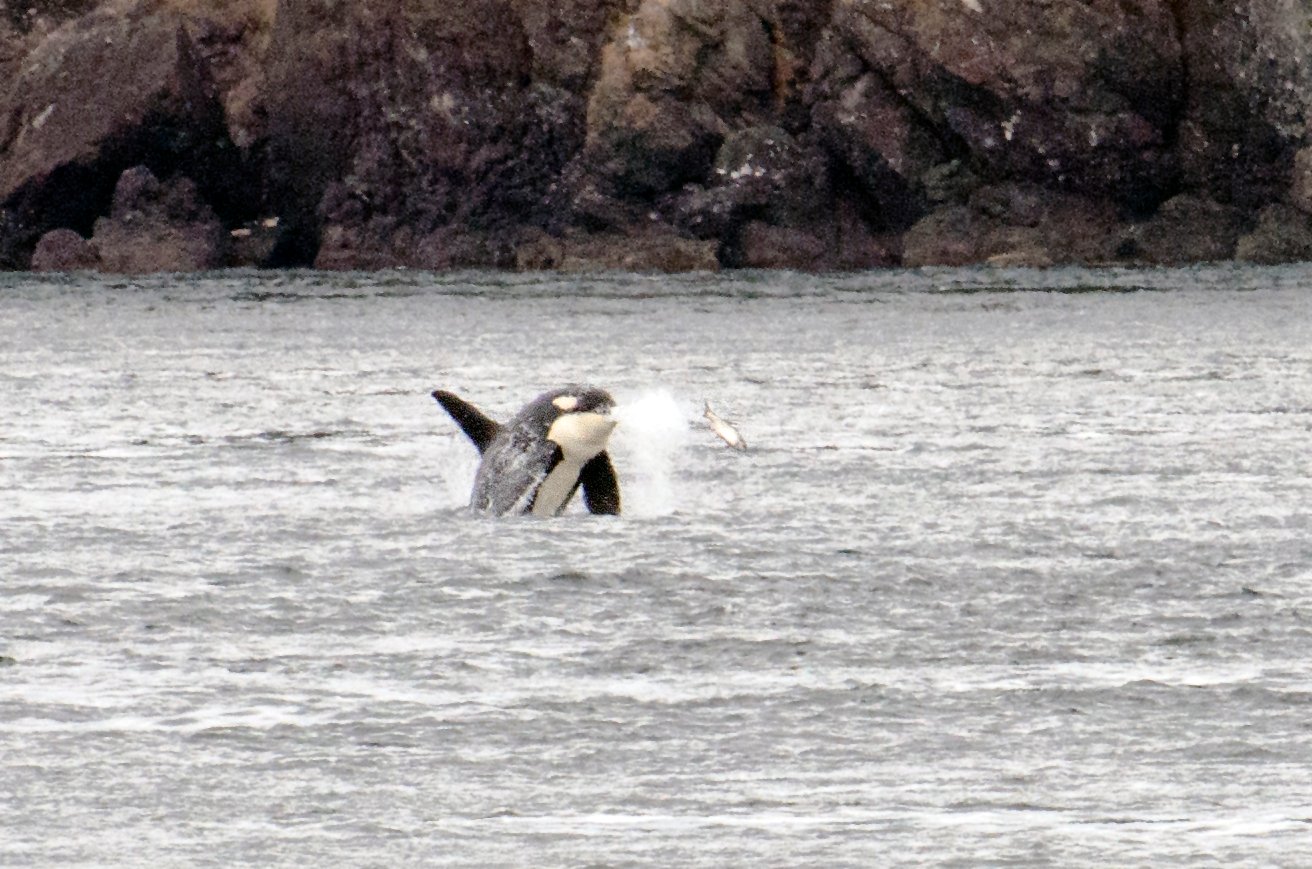
Resident orcas have forged an extraordinary relationship with salmon that extends far beyond simple predator-prey dynamics. These specialized hunters consume thousands of salmon annually, with some individuals eating up to 500 pounds of fish per day during peak feeding seasons. Their selective pressure on salmon populations has shaped the evolution and behavior of these fish over thousands of years.
When orcas hunt salmon, they don’t just catch random individuals – they often target the largest, most robust fish, effectively culling weaker genetics from the population. This selective predation actually strengthens salmon populations over time, ensuring that only the fittest individuals survive to reproduce. The result is a classic example of natural selection in action, with orcas serving as the evolutionary force that drives salmon to become faster, stronger, and more resilient.
The timing of orca migrations often coincides perfectly with salmon runs, creating spectacular feeding frenzies that can last for weeks. During these events, entire pods of orcas may converge on prime fishing grounds, working together to maximize their catch while salmon navigate treacherous waters to reach their spawning grounds.
Marine Mammal Regulation: Orcas as Population Controllers
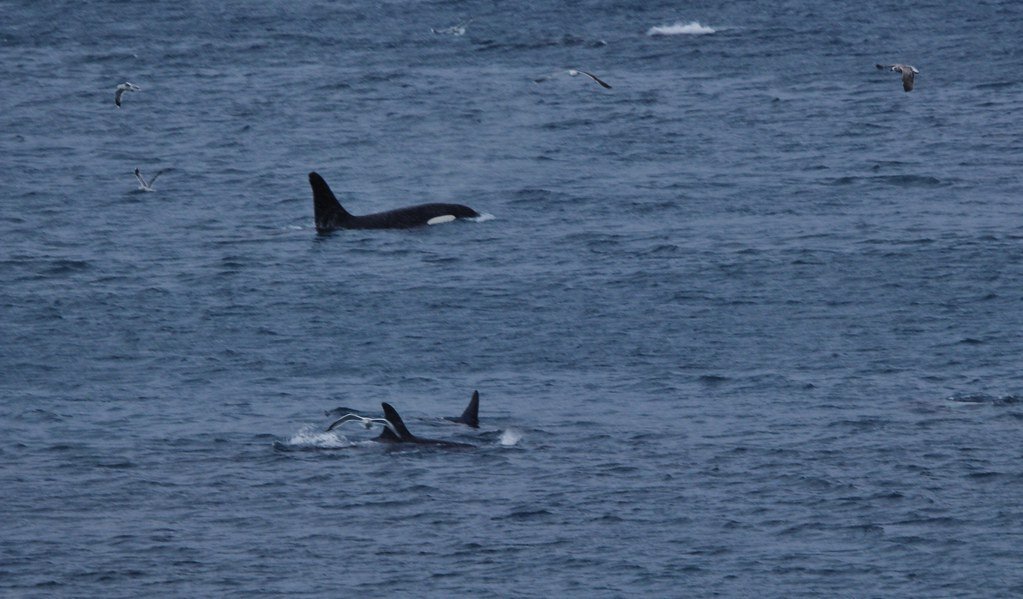
Transient orcas play a crucial role in controlling marine mammal populations, particularly seals and sea lions that might otherwise grow unchecked. These skilled hunters can take down prey many times their size, including gray whales that can reach 50 feet in length and weigh 40 tons. Their hunting success depends on coordinated attacks that can last for hours, with different pod members taking turns to exhaust their massive prey.
The impact of orcas on marine mammal populations extends beyond direct predation. The constant threat of orca attacks influences where seals and sea lions choose to feed, breed, and rest. This behavioral modification, known as the “landscape of fear,” effectively redistributes marine mammal populations across different habitats, preventing overgrazing in any single area.
Research has shown that areas with regular orca presence maintain healthier marine mammal populations compared to regions where these apex predators are absent. The fear factor alone is often enough to keep prey populations in check, demonstrating how the mere presence of orcas can maintain ecological balance without requiring constant active hunting.
Shark Suppression: The Unexpected Impact on Ocean Predators
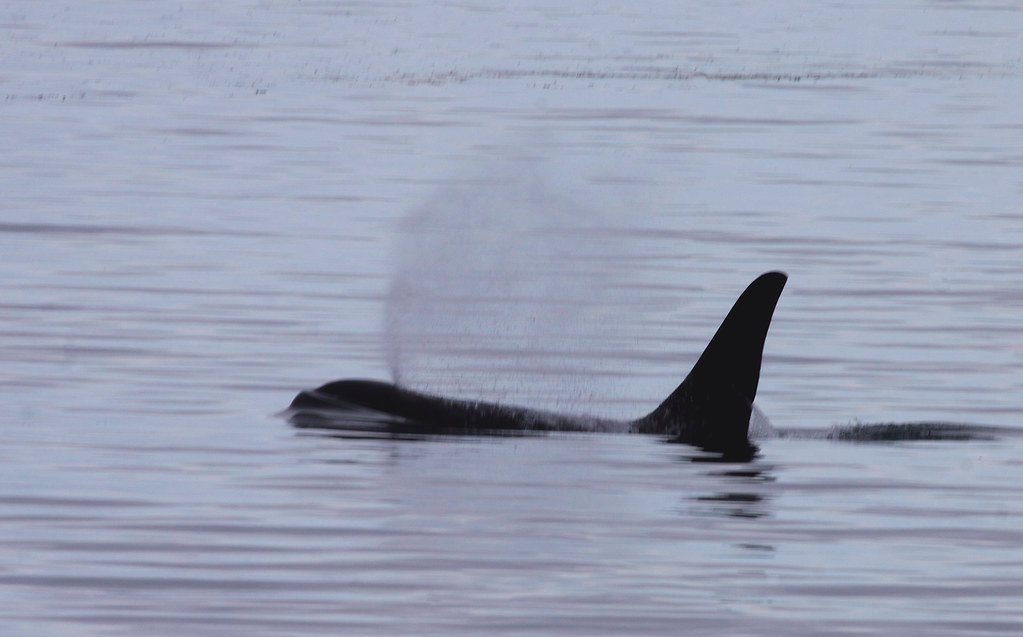
One of the most surprising discoveries in marine ecology is how orcas affect shark populations. These apex predators have been observed hunting great white sharks, specifically targeting their nutrient-rich livers while leaving the rest of the carcass behind. This behavior, documented off the coasts of South Africa and California, has led to dramatic changes in shark distribution patterns and local marine ecosystems.
When orcas move into an area known for great white shark activity, the sharks often abandon their territories entirely, sometimes for months at a time. This phenomenon, dubbed “shark flight response,” creates temporary shark-free zones that dramatically alter the dynamics of marine food webs. Suddenly, seal populations in these areas face reduced predation pressure, while fish populations experience changes in their primary predators.
The liver-eating behavior of orcas demonstrates their sophisticated understanding of nutritional value. Shark livers contain high concentrations of squalene, a compound that provides energy and helps with buoyancy. By selectively consuming this organ, orcas maximize their nutritional intake while minimizing energy expenditure, showcasing the intelligence that makes them such effective apex predators.
Kelp Forest Dynamics: The Indirect Influence of Orcas
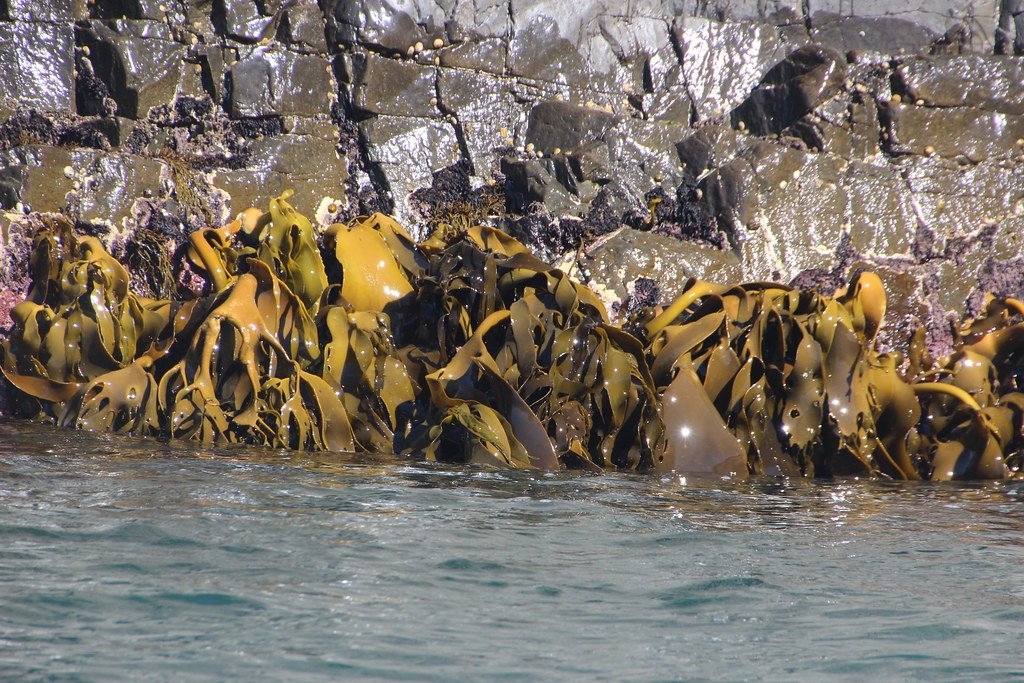
The influence of orcas extends even to underwater forests of kelp, creating indirect effects that ripple through entire marine ecosystems. When orcas hunt sea otters, they remove a key predator of sea urchins, which are voracious consumers of kelp. This three-way interaction demonstrates how apex predators can influence plant communities through complex trophic cascades.
In areas where orcas have reduced sea otter populations, sea urchins flourish and create what marine biologists call “urchin barrens” – underwater deserts where kelp forests once thrived. These barren areas support dramatically fewer species and provide less habitat complexity than healthy kelp forests. The loss of kelp also affects carbon sequestration, as these marine plants are highly efficient at storing atmospheric carbon dioxide.
The kelp forest connection illustrates how orcas function as ecosystem engineers, shaping habitat structure through their predatory activities. Their hunting decisions don’t just affect individual prey animals – they fundamentally alter the physical environment that countless other species depend on for survival.
Migration Patterns: How Orca Movements Shape Ocean Ecosystems
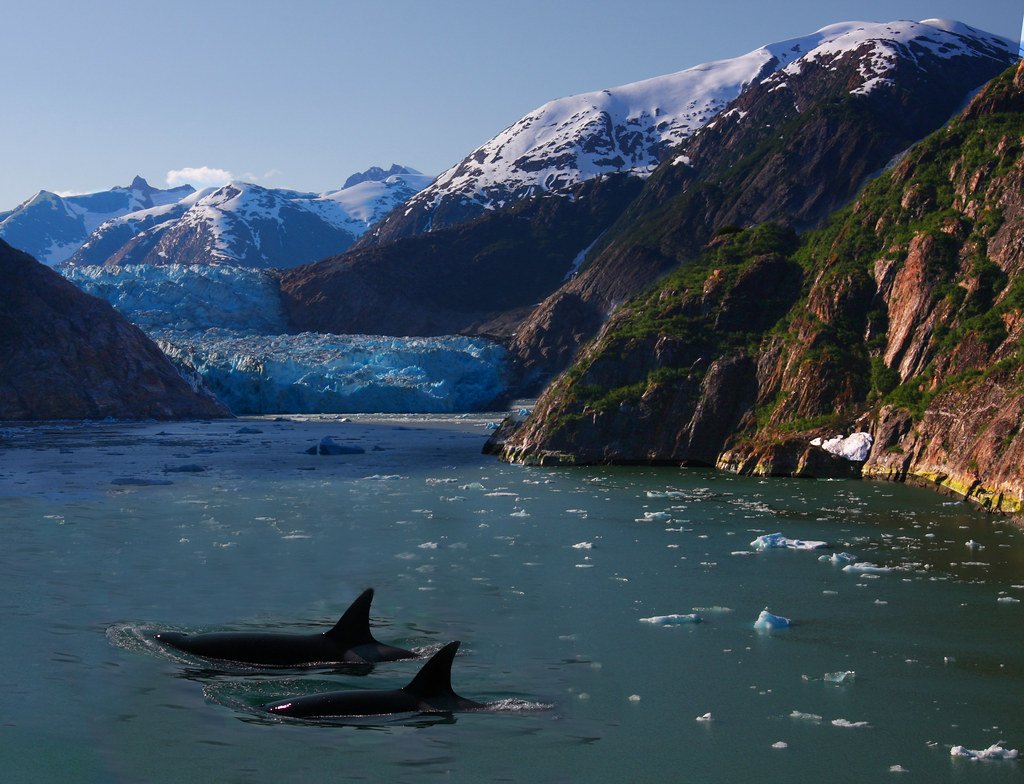
Orca migrations create moving zones of predation pressure that influence marine ecosystems across vast distances. These intelligent mammals follow complex migration routes that often correspond with the movements of their prey, creating a dynamic system where predator and prey populations are constantly shifting across ocean basins. Their presence in different areas throughout the year creates temporal patterns of ecosystem change that many species have adapted to over evolutionary time.
The predictability of orca migrations has allowed many prey species to develop sophisticated avoidance strategies. Some marine mammals time their own migrations to avoid peak orca activity, while others alter their diving patterns or habitat use when these apex predators are present. These behavioral adaptations demonstrate the profound influence that orcas have on the life cycles and survival strategies of marine animals.
During migration, orcas often travel in large aggregations that can include multiple family groups or even different ecotypes. These temporary gatherings create concentrated hunting pressure that can dramatically affect local prey populations, sometimes leading to rapid depletion of food resources in specific areas while allowing recovery in regions the orcas have left behind.
Social Structure and Ecosystem Impact: The Power of Orca Families
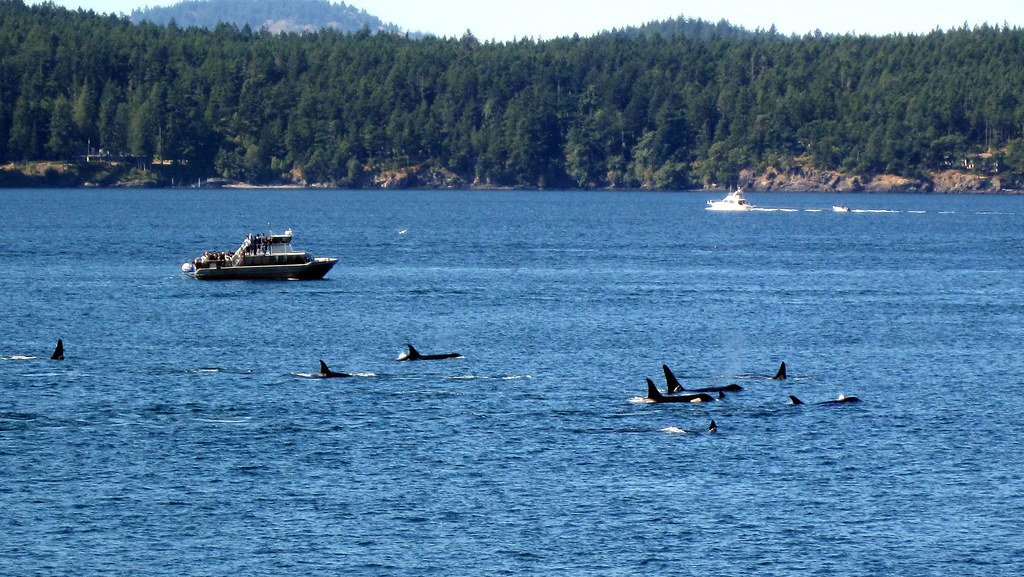
The complex social structure of orca pods amplifies their impact on marine ecosystems far beyond what individual hunters could achieve. These highly intelligent mammals live in matriarchal societies where knowledge passes from generation to generation, creating cultural traditions that can persist for decades. Experienced matriarchs lead their families to productive hunting grounds and teach younger members sophisticated hunting techniques that would take years to develop independently.
The stability of orca family groups means that their ecological impact is both consistent and long-lasting. Unlike solitary predators that might hunt sporadically, orca pods maintain regular predation pressure on their prey species, creating predictable patterns that other marine animals can adapt to. This consistency allows for the development of complex predator-prey relationships that fine-tune ecosystem balance over time.
When orca families are disrupted by human activities or environmental changes, the loss of cultural knowledge can have cascading effects throughout the ecosystem. Younger orcas may struggle to locate traditional hunting grounds or execute complex hunting strategies, potentially leading to changes in prey populations and altered ecosystem dynamics.
Communication and Coordination: The Underwater Orchestra
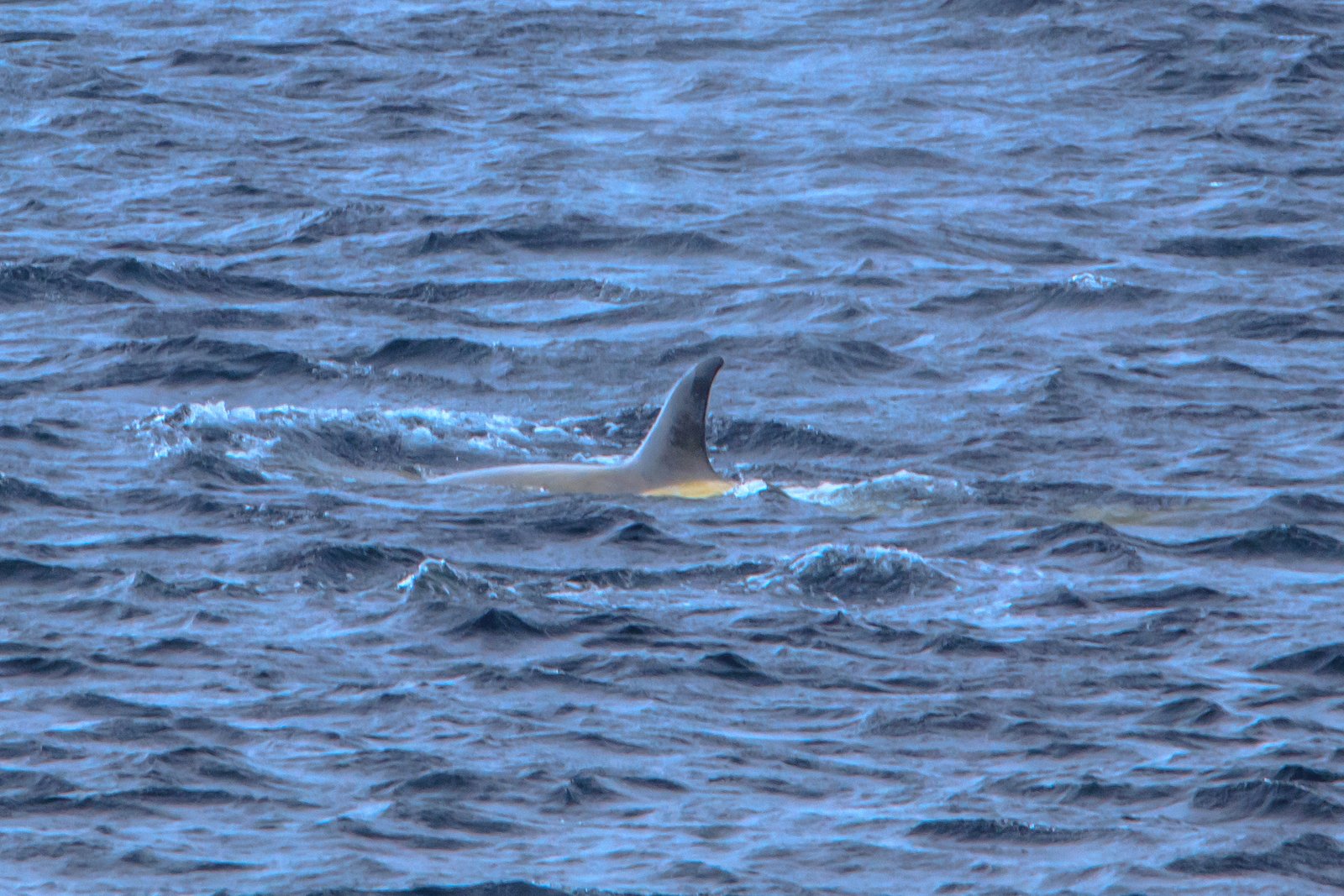
Orcas possess one of the most sophisticated communication systems in the animal kingdom, using a combination of clicks, whistles, and calls to coordinate hunting activities across vast distances. Each family group has its own unique dialect, creating an underwater language that facilitates complex group hunting strategies. This communication network allows orcas to maintain their role as apex predators through unprecedented levels of coordination.
The acoustic environment created by orcas extends far beyond simple communication. Their echolocation abilities allow them to hunt effectively in murky water or complete darkness, giving them advantages over prey species that rely primarily on vision. The clicking sounds of orca echolocation can travel for miles underwater, creating a web of acoustic information that helps coordinate pod movements and hunting activities.
Research has revealed that orcas can adjust their communication patterns based on environmental conditions and prey behavior. In noisy environments, they increase the volume and frequency of their calls, while during stealthy hunts, they may remain completely silent to avoid alerting their prey. This adaptability in communication strategies enhances their effectiveness as apex predators and strengthens their impact on marine ecosystems.
The Consequences of Orca Decline: When Apex Predators Vanish
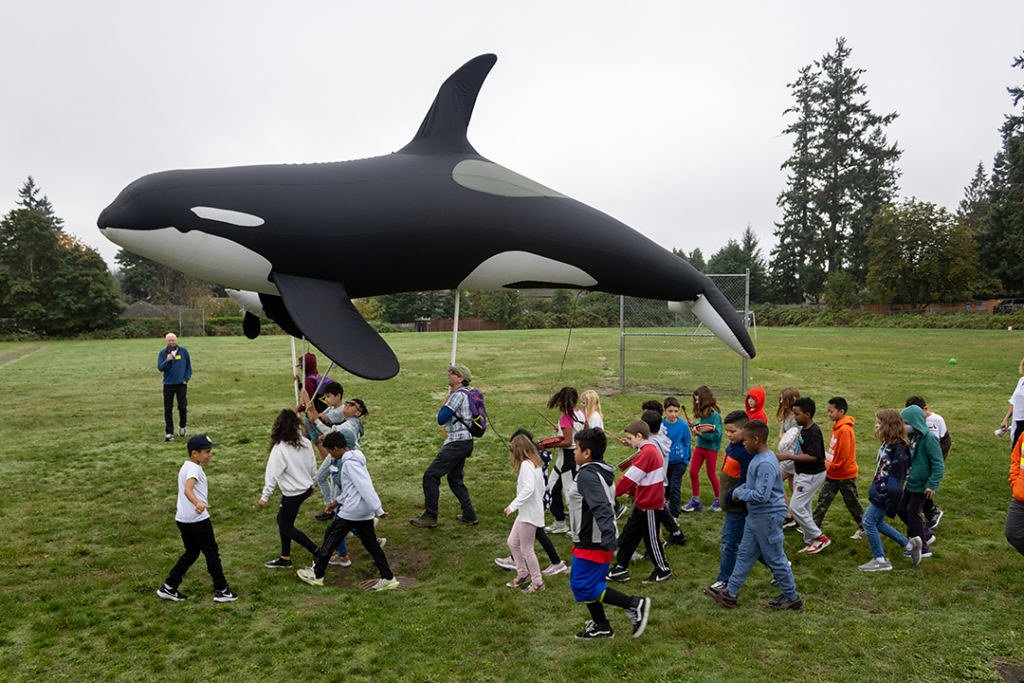
When orca populations decline or disappear from marine ecosystems, the consequences are both immediate and far-reaching. Prey species that have evolved under constant predation pressure suddenly find themselves in environments where their primary predator is absent, leading to rapid population growth that can destabilize entire food webs. This phenomenon, known as mesopredator release, can fundamentally alter ecosystem structure within just a few years.
The disappearance of orcas from Puget Sound and other Pacific Northwest waters has already provided scientists with a disturbing preview of what happens when these apex predators vanish. Seal populations have exploded in some areas, leading to increased competition for fish resources and changes in marine habitat use. The loss of orca predation pressure has also affected the behavior of other marine mammals, many of which no longer exhibit the cautious behaviors that once helped them avoid predation.
Perhaps most concerning is the speed at which these changes occur. Unlike gradual environmental shifts that allow species time to adapt, the loss of apex predators creates immediate ecological chaos that can persist for decades. Recovery of these disrupted ecosystems may require active management intervention, and in some cases, the changes may be irreversible.
Mesopredator Release: The Chaos of Unchecked Prey Populations
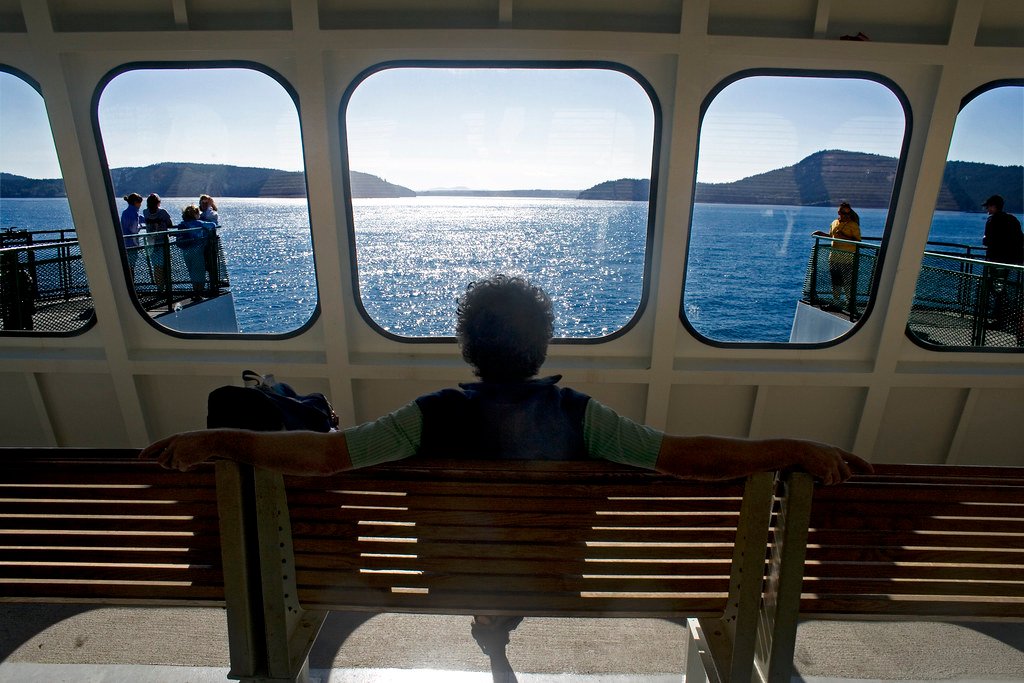
The concept of mesopredator release reveals the hidden importance of apex predators in maintaining ecosystem stability. When orcas disappear, medium-sized predators like seals and sea lions suddenly find themselves at the top of the food chain, free from the predation pressure that once kept their populations in check. This freedom leads to rapid population growth that can quickly exceed the carrying capacity of their environment.
Unchecked seal populations create cascading effects throughout marine food webs. As seal numbers increase, they consume larger quantities of fish, potentially leading to the collapse of important fish populations. This increased predation pressure on fish can affect commercial fisheries and alter the availability of food for other marine predators, creating a domino effect that touches every level of the ecosystem.
The speed of mesopredator release often catches ecosystems off guard. Species that have evolved under constant predation pressure may lack the behavioral or physiological adaptations needed to regulate their own populations. Without the external pressure of predation, these species can experience population booms that ultimately lead to resource depletion and ecosystem collapse.
Behavioral Changes in Prey Species: The Loss of Fear
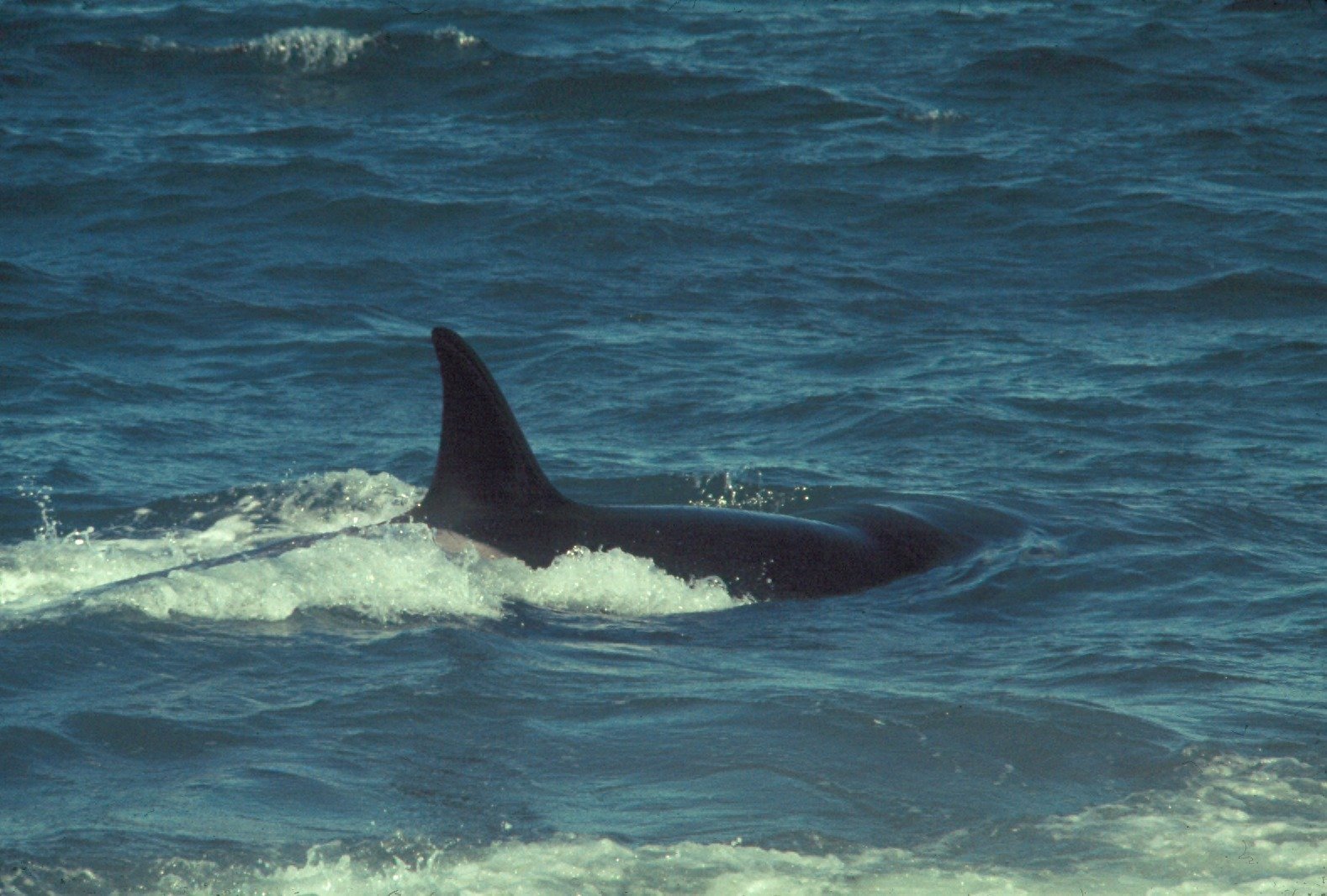
The absence of orcas creates profound behavioral changes in prey species that extend far beyond simple population increases. Animals that once lived in constant awareness of predation risk begin to exhibit bolder behaviors, venturing into previously dangerous areas and adopting feeding strategies that would have been suicidal when orcas were present. This loss of fear-based behavior can have surprising consequences for ecosystem dynamics.
Seals and sea lions in areas without orcas often expand their foraging ranges, accessing new habitats that were previously too risky to explore. This behavioral shift can lead to increased competition with other species and may result in the colonization of new areas where these marine mammals become invasive species. The ripple effects of this behavioral change can alter the structure of entire marine communities.
The loss of anti-predator behaviors also affects the physical condition of prey populations. Animals that no longer need to invest energy in vigilance and escape behaviors can redirect that energy toward growth and reproduction. While this might seem beneficial, it can lead to populations that are less resilient to environmental changes and more vulnerable to disease outbreaks.
Altered Migration Patterns: The Disruption of Ancient Rhythms
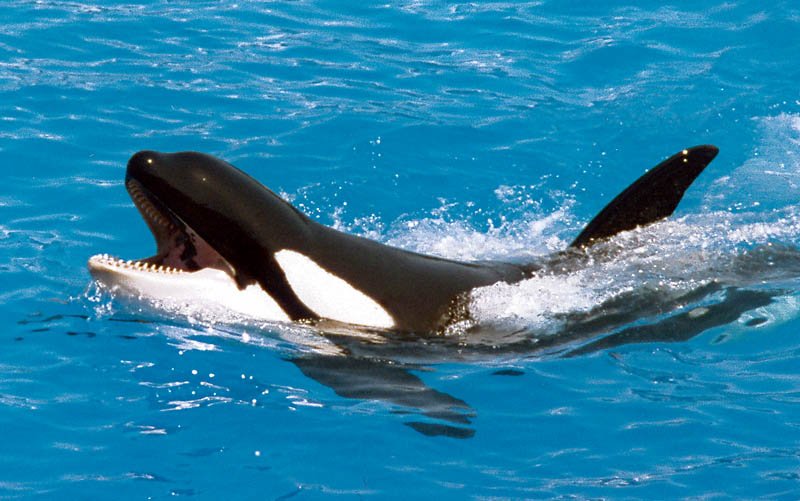
Orcas have historically played a crucial role in shaping the migration patterns of marine animals, creating predictable cycles of predation that many species have adapted to over evolutionary time. When these apex predators disappear, the ancient rhythms of marine migration are disrupted, leading to changes in species distribution that can persist for decades. Many marine animals time their movements to avoid peak orca activity, and without this natural stimulus, migration patterns can become chaotic or disappear entirely.
The disruption of migration patterns has particularly severe consequences for species that depend on seasonal movements to access breeding grounds, feeding areas, or nursery habitats. Gray whales, for example, have historically timed their migrations to minimize encounters with orcas, but in areas where orcas have disappeared, these timing mechanisms may no longer provide evolutionary advantages.
Changes in migration patterns can also affect species that don’t directly interact with orcas but depend on the predictable movements of prey species. Seabirds that time their breeding cycles to coincide with fish migrations may find their traditional food sources unavailable if prey species alter their movement patterns in response to changing predation pressure.
Fish Population Explosions: The Unexpected Consequences
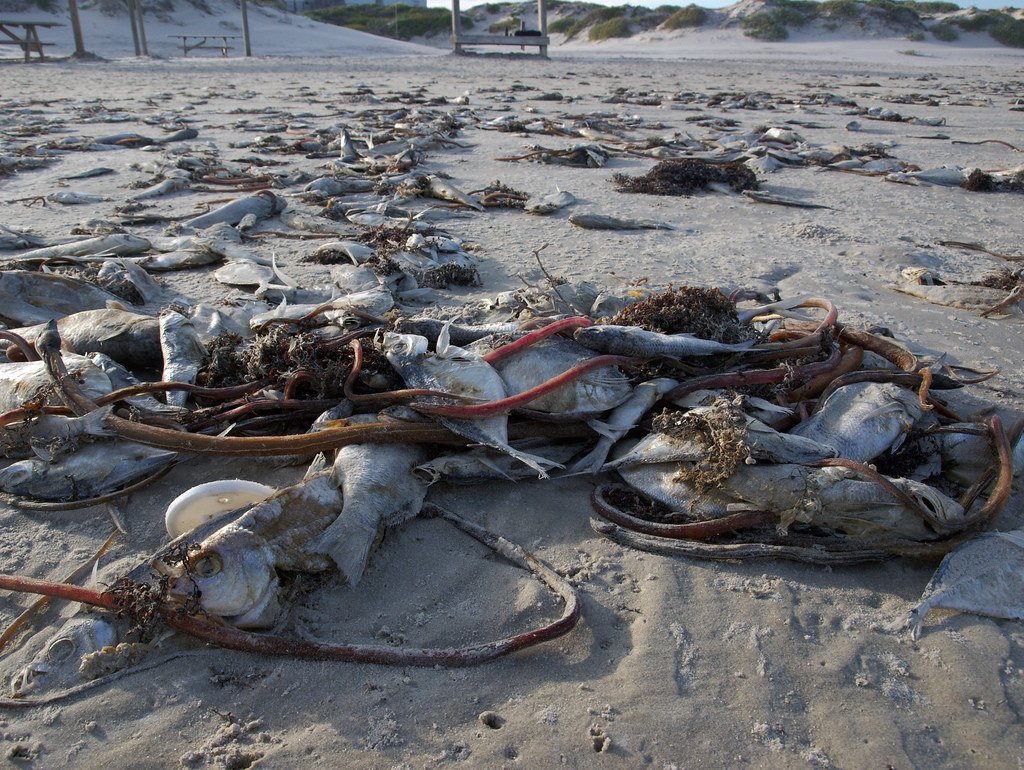
While the loss of orcas might seem beneficial for fish populations, the reality is far more complex and often detrimental. When orcas disappear from marine ecosystems, certain fish species can experience rapid population growth that quickly exceeds the carrying capacity of their environment. This phenomenon can lead to increased competition for resources, habitat degradation, and ultimately, population crashes that affect entire marine food webs.
The selective predation patterns of orcas have historically helped maintain genetic diversity within fish populations by removing weaker individuals and preventing any single age class from dominating. Without this natural selection pressure, fish populations can become increasingly vulnerable to disease outbreaks, environmental changes, and other stressors that healthy, genetically diverse populations might otherwise survive.
Exploding fish populations can also alter the physical structure of marine habitats. Large schools of fish can consume vast quantities of plankton and other small organisms, potentially disrupting the base of marine food webs. This bottom-up effect can influence everything from water quality to the availability of food for filter-feeding organisms like whales and seabirds.
Ecosystem Collapse: The Domino Effect of Apex Predator Loss
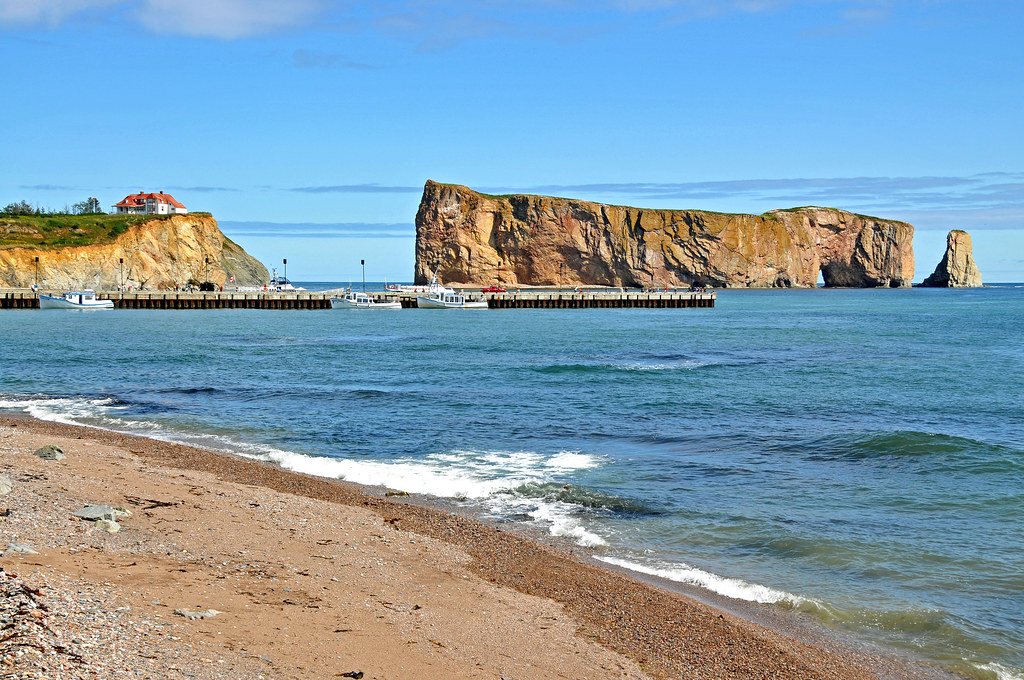
The complete loss of orcas from marine ecosystems can trigger cascading failures that lead to ecosystem collapse. This process typically begins with the unchecked growth of prey populations, followed by resource depletion, habitat degradation, and ultimately, the breakdown of the complex relationships that maintain ecosystem stability. The collapse can happen surprisingly quickly, sometimes within just a few years of apex predator loss.
Ecosystem collapse manifests in various ways, from the disappearance of keystone species to the simplification of food webs and the loss of biodiversity. Areas that once supported diverse marine communities may become dominated by a few opportunistic species, creating biological deserts where complex ecosystems once thrived. The loss of ecosystem services, such as nutrient cycling and carbon sequestration, can have far-reaching consequences that extend well beyond the marine environment.
Recovery from ecosystem collapse is often impossible without active intervention, and in many cases, the changes may be irreversible. The loss of species diversity, habitat complexity, and ecological relationships can create alternate stable states that persist even if conditions that originally supported the ecosystem are restored.
Climate Change Connections: Orcas as Climate Regulators
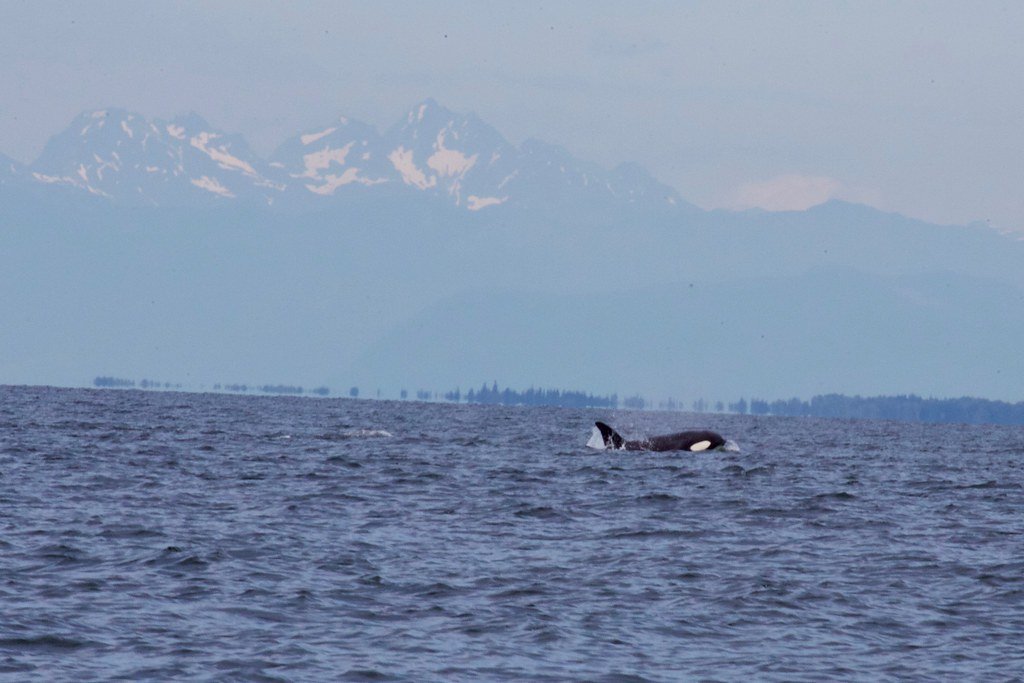
Orcas play an unexpected role in climate regulation through their influence on carbon cycling in marine ecosystems. These apex predators affect the abundance and behavior of various marine species that are crucial for carbon sequestration, including whales, fish, and kelp forests. When orcas disappear, these natural carbon storage systems can become less efficient, potentially contributing to increased atmospheric carbon dioxide levels.
The hunting activities of orcas influence the distribution of large whales, which are among the most effective carbon storage organisms on Earth. A single whale can sequester tons of carbon during its lifetime, and when it dies, its carcass carries this carbon to the deep ocean where it can remain stored for centuries. Changes in whale populations and behavior due to orca loss can therefore have significant implications for global carbon cycling.
Orcas also indirectly influence marine carbon cycles through their effects on fish populations and marine ecosystems. Healthy, diverse marine communities are more efficient at carbon sequestration than simplified ecosystems, and the loss of orcas can trigger changes that reduce the ocean’s ability to absorb and store atmospheric carbon dioxide.
Human Impacts: How We’re Accelerating Orca Decline
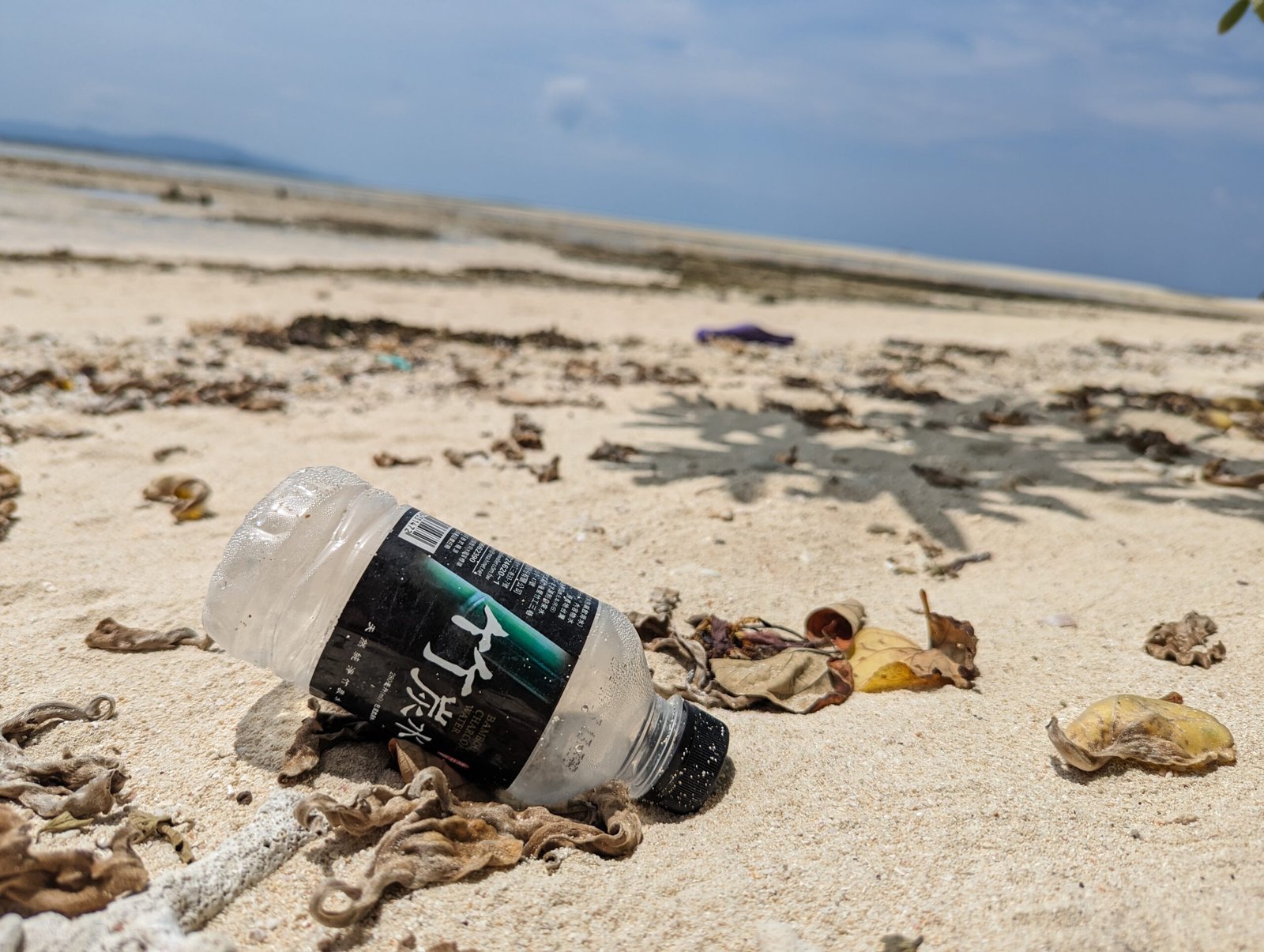
Human activities are accelerating the decline of orca populations worldwide, creating a perfect storm of threats that these apex predators struggle to overcome. Pollution, particularly the accumulation of persistent organic pollutants and heavy metals in marine food webs, has created toxic environments where orcas cannot successfully reproduce or maintain healthy populations. These contaminants concentrate in apex predators, making orcas among the most polluted animals on Earth.
Overfishing has depleted many of the prey species that orcas depend on, forcing these intelligent hunters to travel greater distances and expend more energy to find food. The collapse of salmon populations in the Pacific Northwest has been particularly devastating for resident orcas, contributing to population declines that may be irreversible. Noise pollution from shipping and naval activities interferes with orca communication and echolocation, making it difficult for these acoustic hunters to locate prey and coordinate group activities.
Climate change adds another layer of complexity to orca conservation, altering ocean temperatures, currents, and prey distributions in ways that these apex predators may not be able to adapt to quickly enough. The combination of all these human impacts creates a cascade of stressors that can overwhelm even the most adaptable apex predators.
Conservation Implications: The Urgent Need for Orca Protection
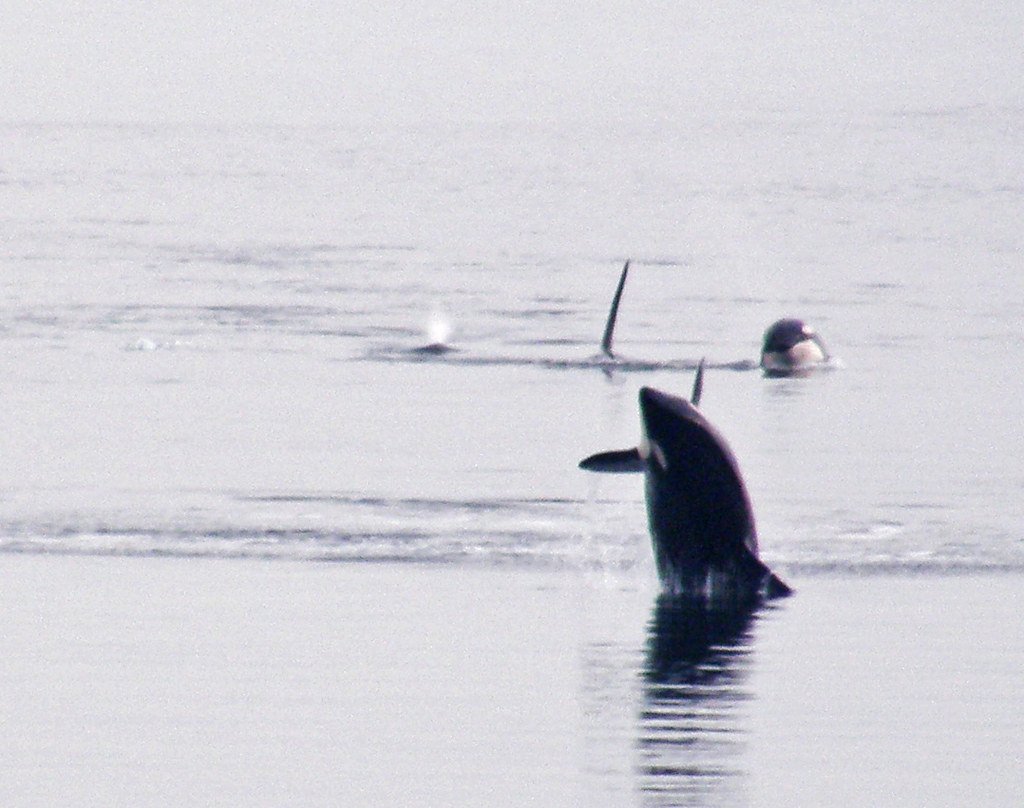
The ecological importance of orcas as apex predators makes their conservation a critical priority for maintaining healthy marine ecosystems. Protecting these magnificent creatures requires comprehensive approaches that address not only direct threats to orcas but also the broader ecosystem changes that affect their prey and habitat. This means implementing marine protected areas, reducing pollution, managing fisheries sustainably, and addressing climate change on a global scale.
Successful orca conservation depends on understanding and protecting the complex relationships between these apex predators an



